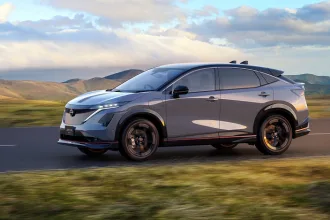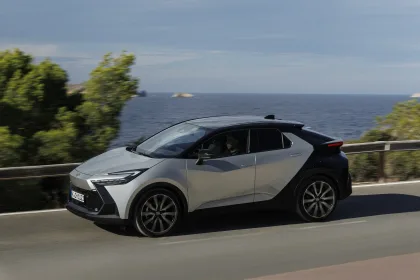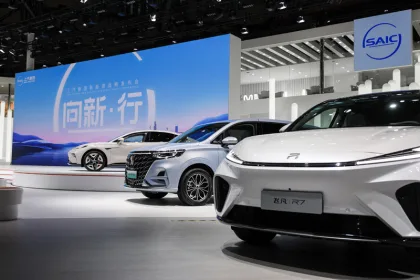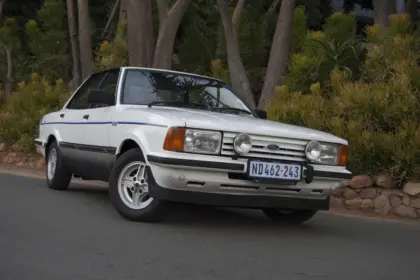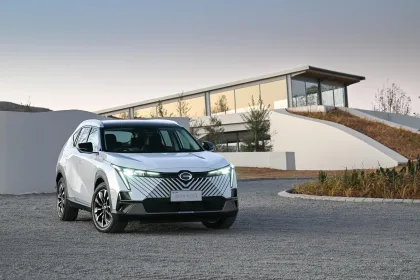naamsa says the constrained business environment amplified by weak consumer demand and the recent Easter holidays have impacted on the new vehicle market’s performance in March 2024. Aggregate domestic new vehicle sales in March 2024, at 44,237 units, reflected a decline of 5,877 units, or a fall of 11,7%, from the 50,114 vehicles sold in March 2023.
Export sales recorded a decline of 8,975 units, or 27,1%, to 24,161 units in March 2024 compared to the 33,136 vehicles exported in March 2023.
Overall, out of the total reported industry sales of 44,237 vehicles, an estimated 39,016 units, or 88,2%, represented dealer sales, an estimated 6,0% represented sales to the vehicle rental industry, 3,5% to government, and 2,3% to industry corporate fleets.
The March 2024 new passenger car market at 26,577 units had registered a decline of 5,024 cars, or a loss of 15,9%, compared to the 31,601 new cars sold in March 2023. Car rental sales accounted for 7,8% of new passenger vehicles sales during the month.
Domestic sales of new light commercial vehicles, bakkies and mini-buses at 14,870 units during March 2024 had recorded a decline of 672 units, or a loss of 4,3%, from the 15,542 light commercial vehicles sold during March 2023.
Sales for medium and heavy truck segments of the industry reflected a weak performance for March 2024 at 726 units and 2,064 units, respectively, which is a decline of 136 units, or 15,8% from the 862 units sold in March 2023 in the case of medium commercial vehicles, and, in the case of heavy trucks and buses a decline of 45 vehicles, or 2,1%, compared to the 2,109 units sold in the corresponding month last year.
The March 2024 exports sales number at 24,161 units reflected a decline of 8,975 vehicles, or 27,1%, compared to the 33,136 vehicles exported in March 2023. For the first quarter 2024 exports were now 4,9% below the corresponding quarter 2023.
The new vehicle market continued its downward slope in March 2024, which already commenced eight months ago. For the first quarter 2024 aggregate new vehicle sales were now 5,3% below the corresponding quarter in 2023. The effect of the South African Reserve Bank’s aggressive monetary policy stance by hiking interest rates in an attempt to contain inflation took some time to filter through to new vehicle sales, which continue to add to the prevailing negative sentiment. Due to ongoing cost pressures, including escalating fuel costs, along with interest rates, affordability remains a decisive factor in purchasing decisions as consumers increasingly turn to more budget-friendly vehicles. South Africa’s economic growth outlook for 2024 remains mooted, but at a projected 1,2% by the SA Reserve Bank it would still be stronger than 2023. Only once the interest cutting cycle commences, likely during the second half of the year, along with the easing of inflation, better economic prospects are expected for the new vehicle market. This is underscored by the Absa Purchasing Managers’ Index (PMI) which reflected a further improvement in sentiment towards business in six months’ time, which rose to its most upbeat level since the start of 2023.
Vehicle exports reflected a mixed performance during the first quarter of 2024 following the record annual performance in 2023. Prospects for the balance of the year remain upbeat on the back of new model introductions by major exporters while the global economic cycle is expected to bottom out in the first half of 2024. Lower inflation, central bank easing and modest global economic growth are therefore expected to support the South African automotive industry’s export performance.


